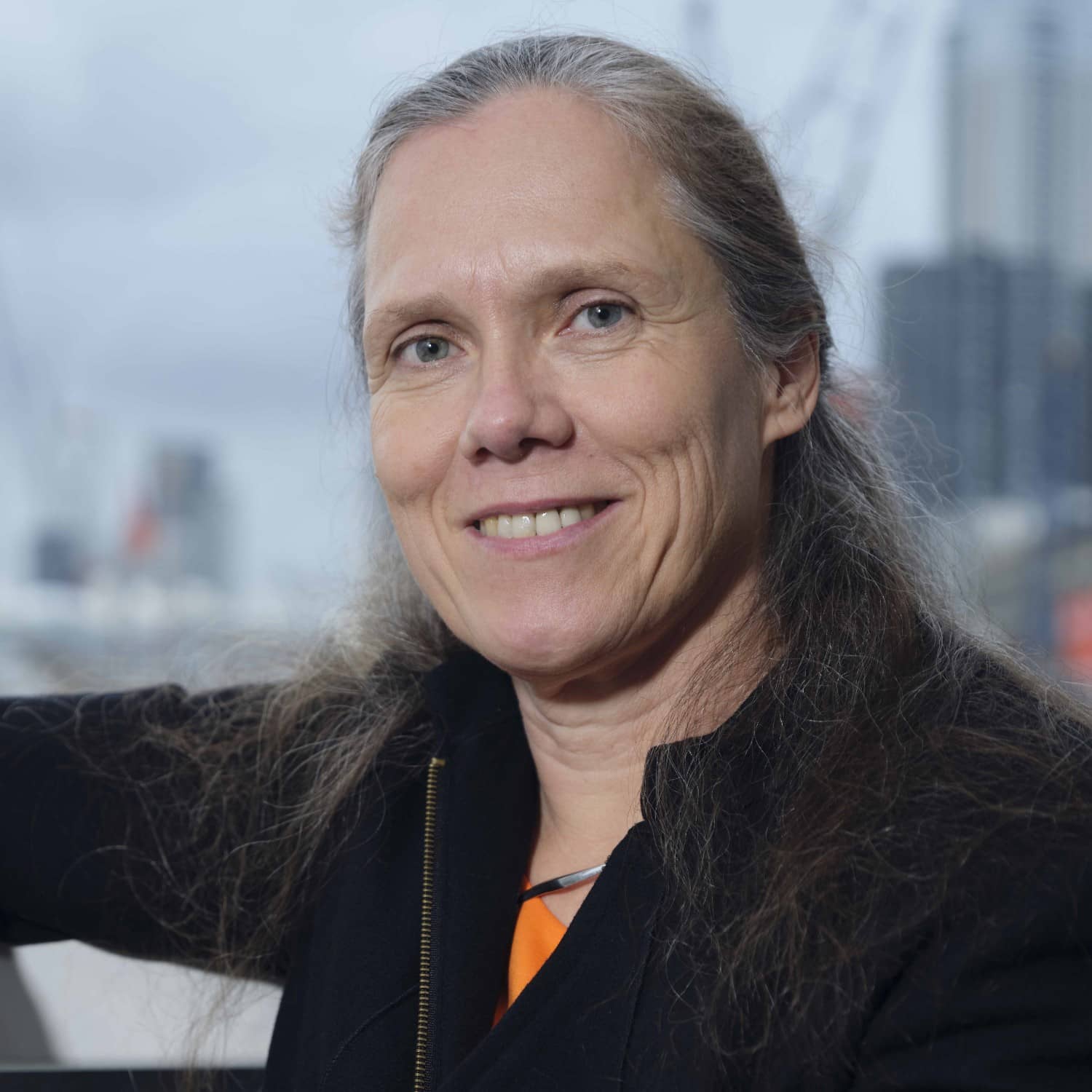Green Architecture
Green by Design
In this last video of the series, ‘Green by Design’ Carola discusses the consolidation and the gradual integration of the concept of sustainability in policy making. How has sustainability affected the architects’ profession so far and what does their future hold?
Main Takeaways
- Ever since 1972, a series of global initiatives brought sustainability to the fore, culminating in the 2015 Paris agreement and the 17 Sustainable Development Goals (SDGs).
- Furthermore, new accounting systems have been established with the aim of regulating the performance of buildings but also where their materials have been sourced.
Did you know?
In 2000, thirty years after the launch of the ‘Limits to Growth’ report, Graham M. Turner, compared LtG scenario outputs of the World3 model produced in 1974 (the second edition of LtG) with 30 years of observed data covering 1970–2000. Several of the original LtG authors had already published two revisions (20 and 30 years after the original study) confirming that their results were still valid. Results of Turner’s research closely match the simulated results of the LtG ‘‘standard run’’ scenario for almost all the outputs reported; this scenario results in global collapse before the middle of this century.
Turner, G.M. (2008). A Comparison of The Limits to Growth with 30 years of reality. In Global Environmental Change 18(3), 397-411. https://doi.org/10.1016/j.gloenvcha.2008.05.001
